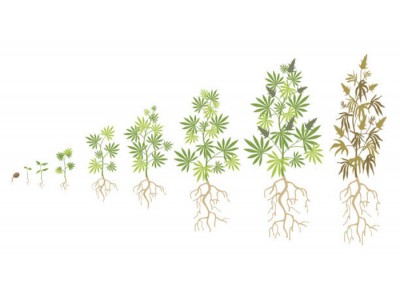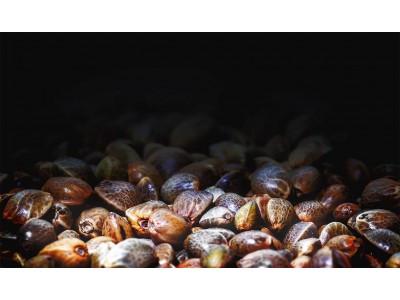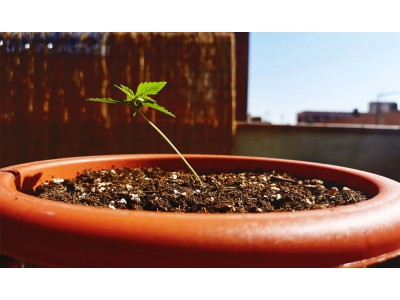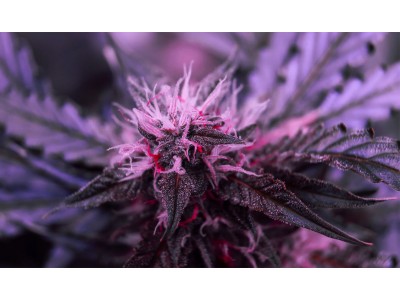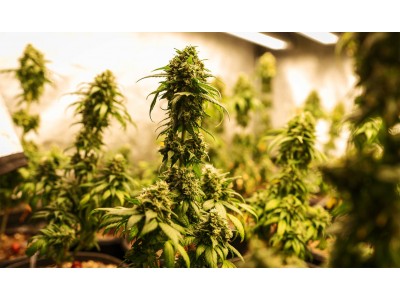0грн.
CheckoutCannabinol (CBN): a cannabinoid for insomnia
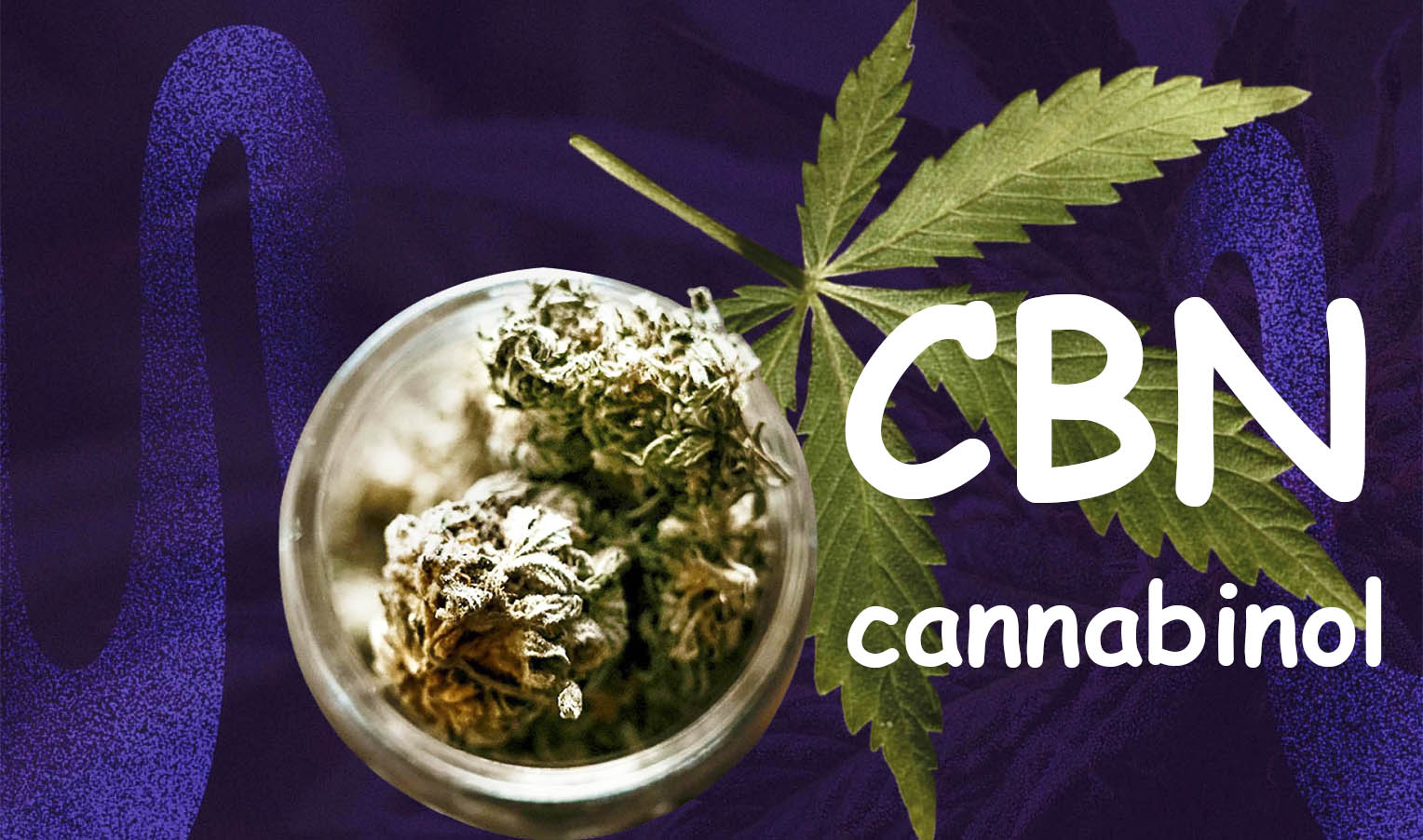
Cannabinol (CBN) is one of the key compounds found in cannabis, along with THC and CBD. Although the content of CBN in the plant is usually small, not exceeding 1%, especially compared to the main psychoactive component THC, which can reach 30%, this cannabinoid has significant therapeutic properties. This makes it a promising object for medical research, and therefore, more and more attention is being paid to studying its possible applications.
CBN is a cannabinoid that is produced exclusively by the cannabis plant and is not found in other plant species. Its psychoactive effects are minimal, which is a great advantage for many medical users. It is believed that CBN is responsible for the sedative and calming effects of some cannabis varieties, and it partially activates CB1 and CB2 receptors, while binding more to the CB2 receptor, inhibiting adenylate cyclase. This molecule is highly soluble in fats and various solvents used to extract cannabis resin, as it is hydrophobic (repels water) and lipophilic (has an affinity for lipids).
Synthesis of cannabinol (CBN)

Cannabinol (CBN), like many other cannabinoids, is synthesized from CBGA, the acidic form of CBG. First, THCA is formed from CBGA in the plant, then CBNA is synthesized from it, and finally CBN is obtained. However, the bulk of the cannabinol found in cannabis is not formed by the decarboxylation of its acidic form CBNA, but through the degradation of THC. Let's look at this process in more detail:
Cannabis plants produce enzymes (synthases) that convert CBGA, naturally synthesized by cannabis, into the most well-known cannabinoids, such as THCA, CBDA, or CBCA. With prolonged exposure to air (oxidation), the THCA molecule is converted to CBNA. If the acidic form of cannabinol (CBNA) is exposed to heat or ultraviolet rays, it is converted to the active, decarboxylated form, CBN.
Thus, CBNA is formed as a result of the decomposition of THCA, whose formula is similar (C21H30O2). When cannabis is harvested and stored, THCA molecules gradually break down, losing four hydrogen atoms (the same ones that add the prefix “tetrahydro” to the compound's name), which leads to the formation of THC (the non-acidic form of the compound) and CBNA. Subsequently, under the influence of oxidation and heating, CBNA decarboxylates, which increases the CBN content as the material ages and enhances its sedative properties.
As you can see, the amount of CBN in plant material (or extracts) can be increased if you harvest the plants a little later than usual (when amber trichomes predominate) and allow them to oxidize after drying. In other words, by not following standard storage methods that aim to better preserve quality, and by avoiding the use of airtight or vacuum containers. The older and more oxidized the cannabis or hashish, the higher the CBN content and the more noticeable its effects.
Thus, the worst-preserved cones, perhaps those that have been at the bottom of a drawer for months, tend to contain the most CBN, especially if the strain itself already had a small amount of this compound. The more oxidation, the more THC is converted to CBN. To achieve the highest possible concentration of CBN, it is recommended to grow indica varieties, as they have a higher content of this cannabinoid from the start.
Properties and effects of cannabinol (CBN)
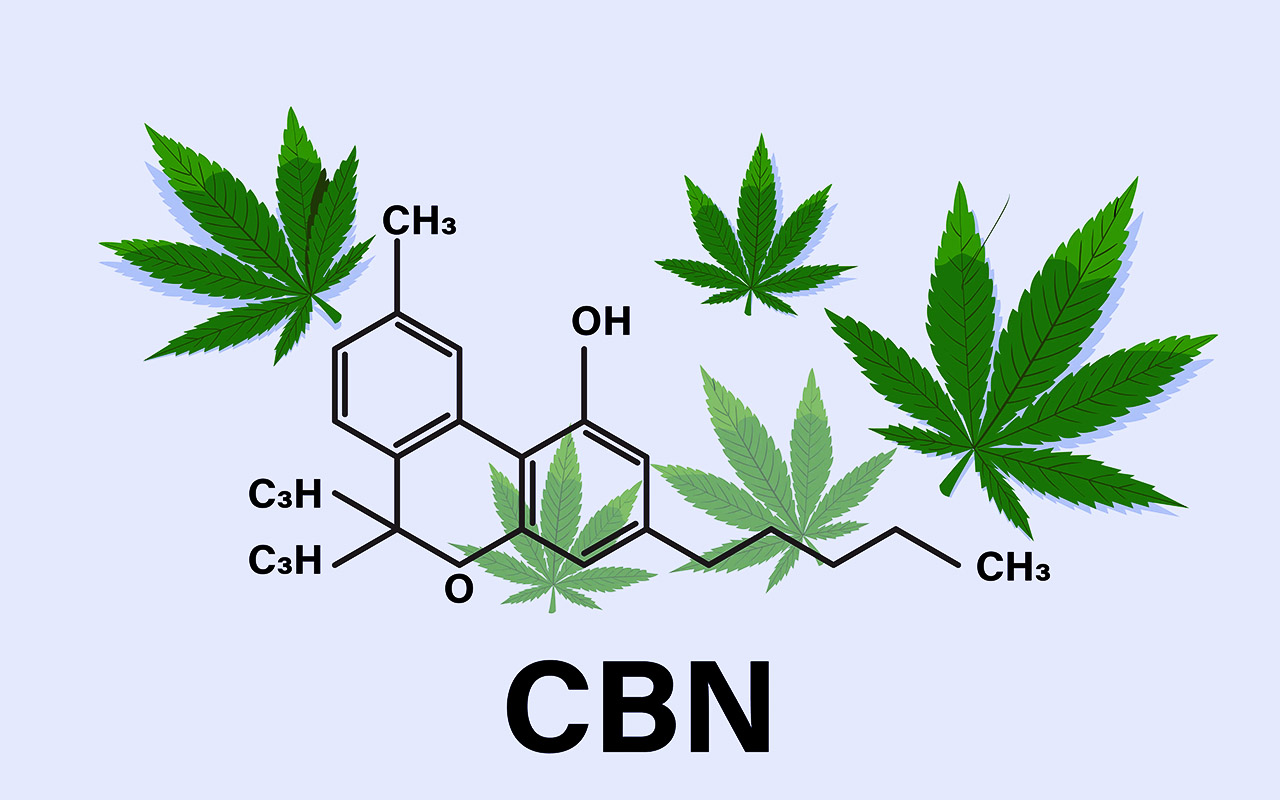
The main property of CBN is its sedative effect, which is ideal for combating apnea, insomnia, and other sleep disorders. However, this cannabinoid also has a number of other therapeutic properties that are useful for treating various diseases and conditions. Research shows that CBN can:
- Provide a sedative effect (helps you fall asleep and increases sleep duration)
- Have an antiemetic effect (reduces nausea and vomiting)
- Reduce pain (chronic pain, fibromyalgia, etc.)
- Have an antibacterial effect
- Promote bone cell growth (promising for the treatment of fractures)
- Have anticonvulsant effect (effective in case of Parkinson's disease, multiple sclerosis, epilepsy, Tourette syndrome, etc.)
- Stimulate appetite (in case of chemotherapy, AIDS, appetite disorders)
- Have anti-inflammatory effect (useful in case of ulcerative colitis)
- Reduce intraocular pressure (glaucoma)
- Control skin cell growth (useful in the treatment of burns, psoriasis, etc.)
CBN-rich or long-aged cannabis helps you fall asleep by providing a more restful and deeper sleep.
A recent study by Steep Hill Labs found that 5 mg of cannabinol (CBN) had the same effect as 10 mg of diazepam, a benzodiazepine drug commonly prescribed to treat anxiety, seizures, and spasms. In addition, the possibility of using CBN in combination with other cannabinoids, such as THC and CBD, which have significant therapeutic potential, is being actively studied.
The pharmacokinetic interaction between the medicinal properties of CBD and CBN (as well as the possible combination of all three) may offer an effective means of relieving pain and reducing inflammation. It is already known that cannabinoids and terpenes act synergistically together, enhancing or modulating their properties as part of the so-called entourage effect or ensemble effect.
Hemp seeds in the Sunny Seeds store
In our online store you can buy cannabis seeds for all tastes, with Sativa or Indica predominant properties. The varieties contain THC, CBD, terpenes, and many other useful substances. Read in detail in the characteristics.
- Auto Lavender Feminized Gold;
- Auto Lemon Skunk Feminized Gold;
- Auto Lime Skunk Feminized Gold;
- Auto Lowryder2 Feminized Gold;
- Auto LSD Feminized Gold;
- Auto Mandarine Feminized Gold.
The future of CBN
Cannabinol (CBN) is perhaps the most psychoactive cannabinoid with enormous therapeutic potential, making it an ideal alternative for those who do not want to experience the side effects of THC in the treatment of various diseases. It is arguably the most sedative and relaxing cannabinoid that can help thousands of people around the world who suffer from sleep disorders. The scientific community is realizing the significance of CBN, and it is expected that the number of studies on this interesting compound will only grow (many of them are already in the animal testing stages).
Given its characteristics and effects, it can be assumed that in the near future, products with a high concentration of CBN will appear on the market, similar to those that already exist for CBD, such as oils, capsules, edibles, creams, and even e-cigarette liquids. These products can significantly improve the quality of life for thousands of users. What's more, some cannabis breeders are already working on creating CBN-rich varieties, which will undoubtedly contribute to the development of a new industry in the pharmaceutical and cosmetic industries based on this cannabinoid.

